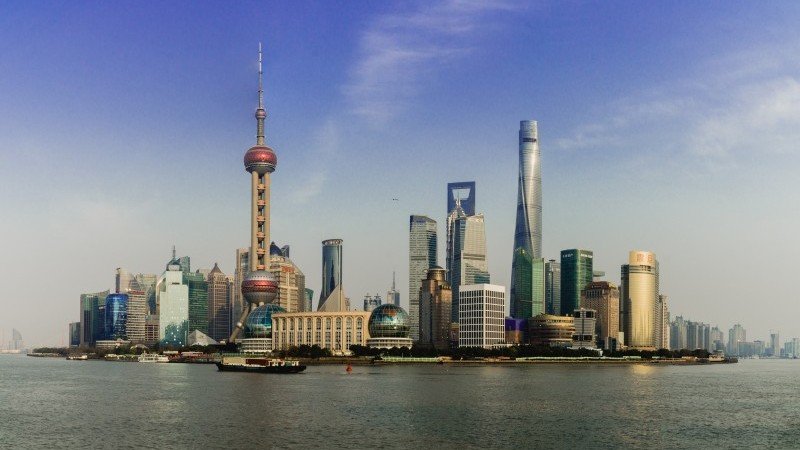Industrial production grew by 6.1% YoY in April, down from 7.7% YoY. It was in line with our forecasts, but IP is generally faring better than market expectations.
Many market participants expected a bigger drag on manufacturing from the tariff escalations, but, similar to the trade data seen earlier in the month, the actual impact was not as bad as feared. Within the industrial production data, manufacturing managed a 6.6% YoY increase in April.
In terms of the sector impact, textiles slowed to 2.9% YoY in April, down from 6.5% YoY in 1Q25. This is perhaps a clearer indication of the tariff impact on goods with more readily available substitution products from other countries. This development in the textiles sector is in line with our earlier arguments. Tariffs will have an outsized impact in areas where there is an easy alternative, but many products that China manufactures don’t have easily available alternatives. Exports and manufacturing of these products could stay sticky for some time.
The risk is that tariffs remain in place for a long time, and eventually, we see production offshored. But amid tariff unpredictability, not just for China but across the world, few companies will be rushing to commit resources to set up offshore manufacturing facilities. This could mean that a decent portion of China’s manufacturing and exports will be less impacted than originally feared.
Furthermore, it’s possible that the tariff ceasefire could lead to an increase in activity again in the coming months. Importers may be keen to secure inventory in the event that trade talks are unsuccessful and tariffs are raised again.

